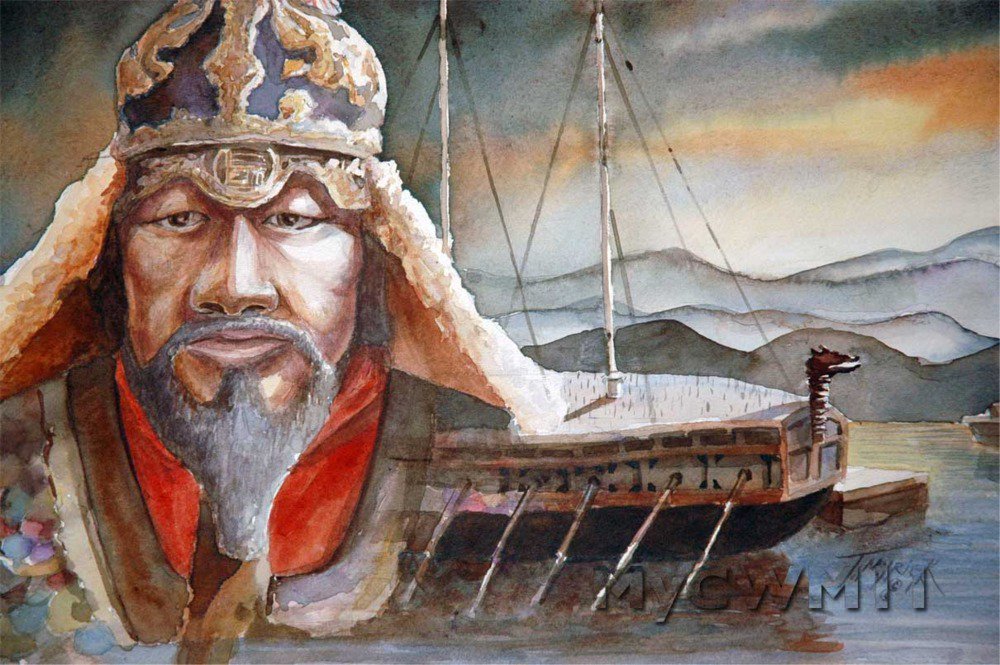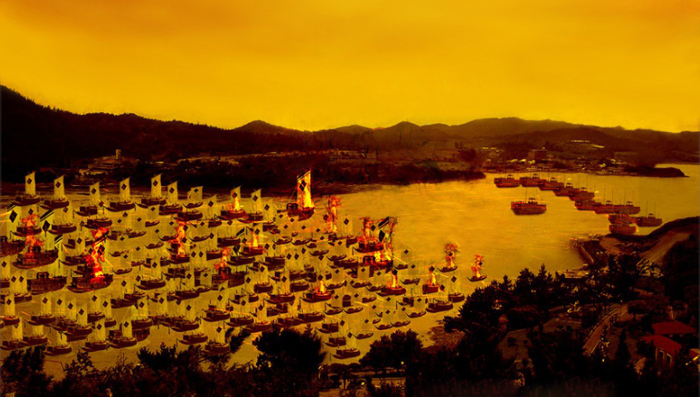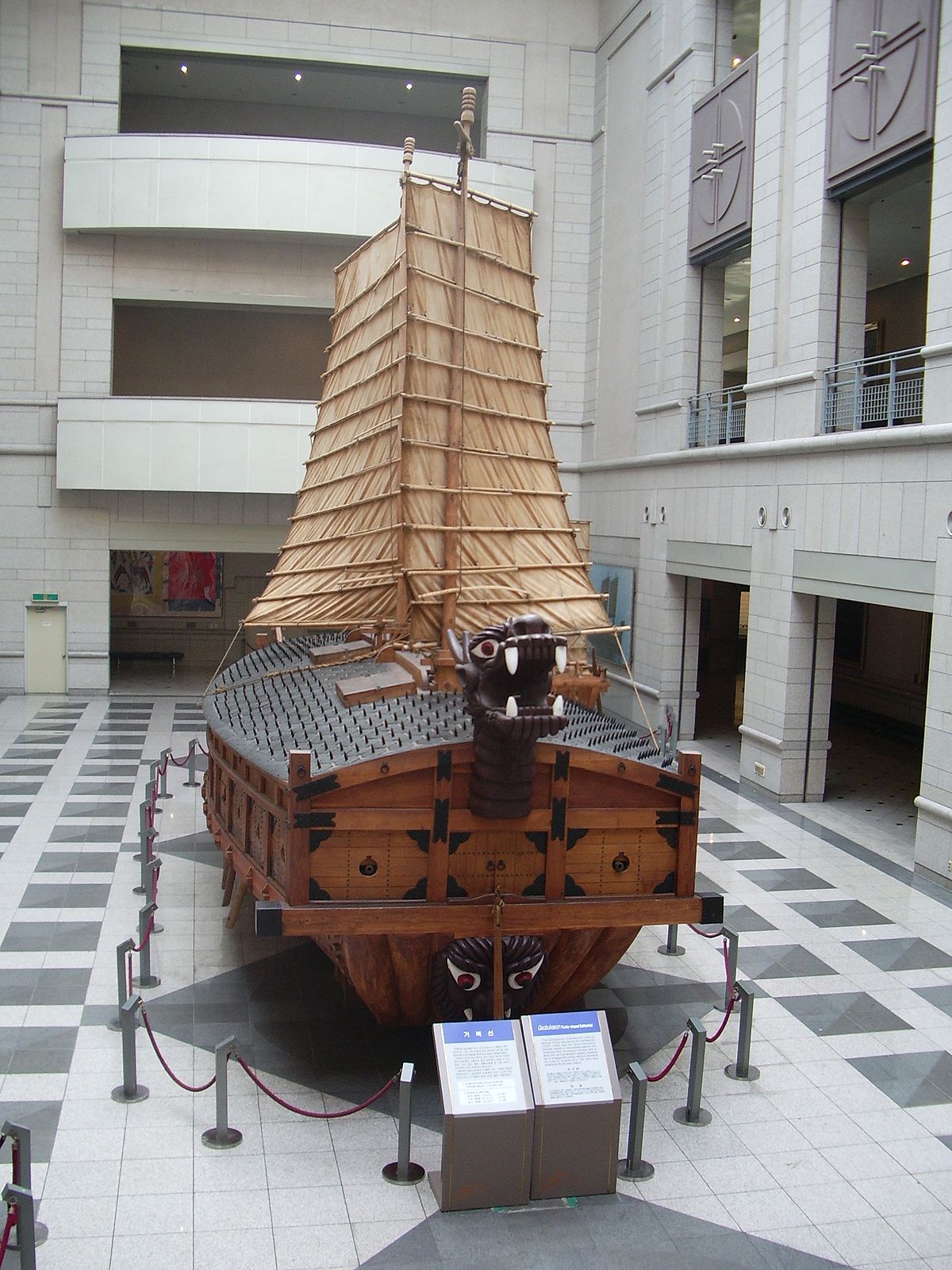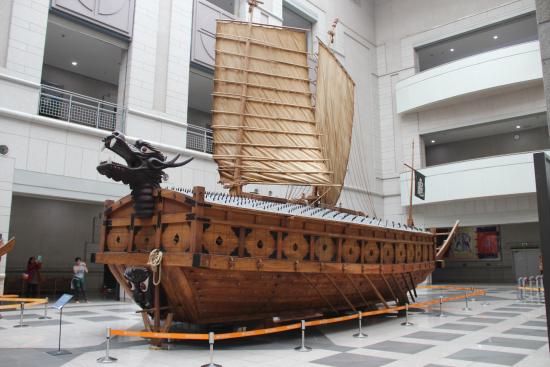13 > 330
In 1592, the Japanese invaded Korea, hoping to conquer it and eventually China as well. After the Japanese attacked the southern Korean port city Busan, Korean naval admiral, Yi Sun-Sin began his operations, noting that the best defense of Korea would be to control the Yellow Sea to the west and the East Sea which separates Korea and Japan. Despite never having commanded a naval battle in his life, Yi won important battles to help spur hope in the korean people such as the Battle of Okpo, Battle of Sanchen, and several others in quick succession. His string of victories made the Japanese generals suddenly wary of the threat at sea instead of quickly eliminating Korea's navy instead.
The Battle of Myeongnyang perhaps best demonstrates Admiral Yi Sun-sin’s military genius and formidable status as a warrior. Shortly before this famous fight, the Admiral had been imprisoned due to false accusations from corrupt politicians. Barely escaping death, he returned to the southern coast of the Korean peninsula only to find just 13 usable battleships. He knew that facing the oncoming Japanese fleet of 330 ships directly would be suicidal; therefore, he relied on his knowledge of the tide intervals and strength of the currents at Myeongnyang Strait.
One of Yi’s greatest accomplishments was resurrecting and improving the turtle ship, an innovative, highly maneuverable armored ship.The turtle ships designed by Yi held eleven cannons on each side of the ship, with two each at the stern and the bow. The ship’s figurehead was in the shape of a dragon. The figurehead itself held up to four cannons, and emitted a smokescreen that, in combination with its fierce appearance, was meant to be used as psycological warfare. The sides of the turtle ship were dotted with smaller holes from which arrows, guns, and mortars could be fired. The roof was covered with planks and spikes. The purpose of the spikes was to prevent the ship from being boarded by the enemy. The larger Japanese ships’ sides were higher than the turtle ships’ and thus, the spikes prevented boarders from jumping down onto the roof without risking impalement. There were two masts that held two large sails. The turtle ship was also steered and powered by twenty oars, each of which were pulled by two men during fair conditions and five in combat situations.
|
|||||
|---|---|---|---|---|---|









